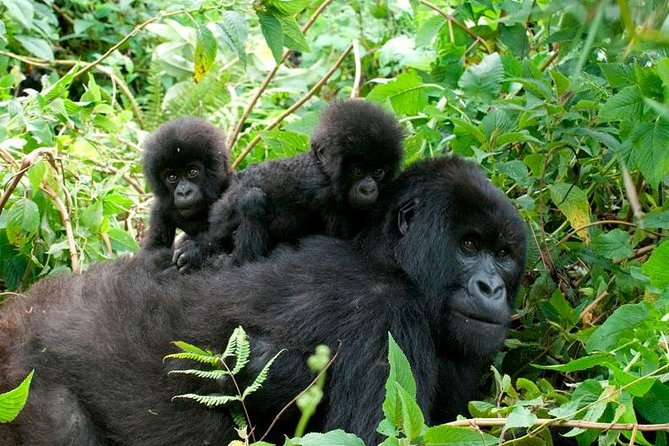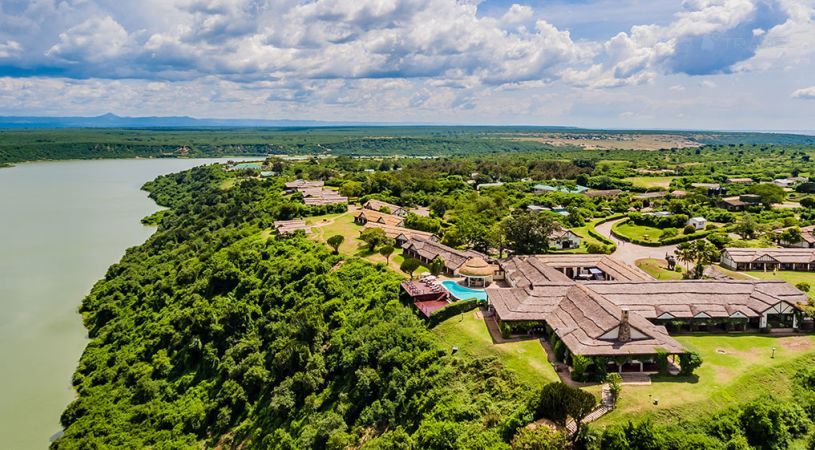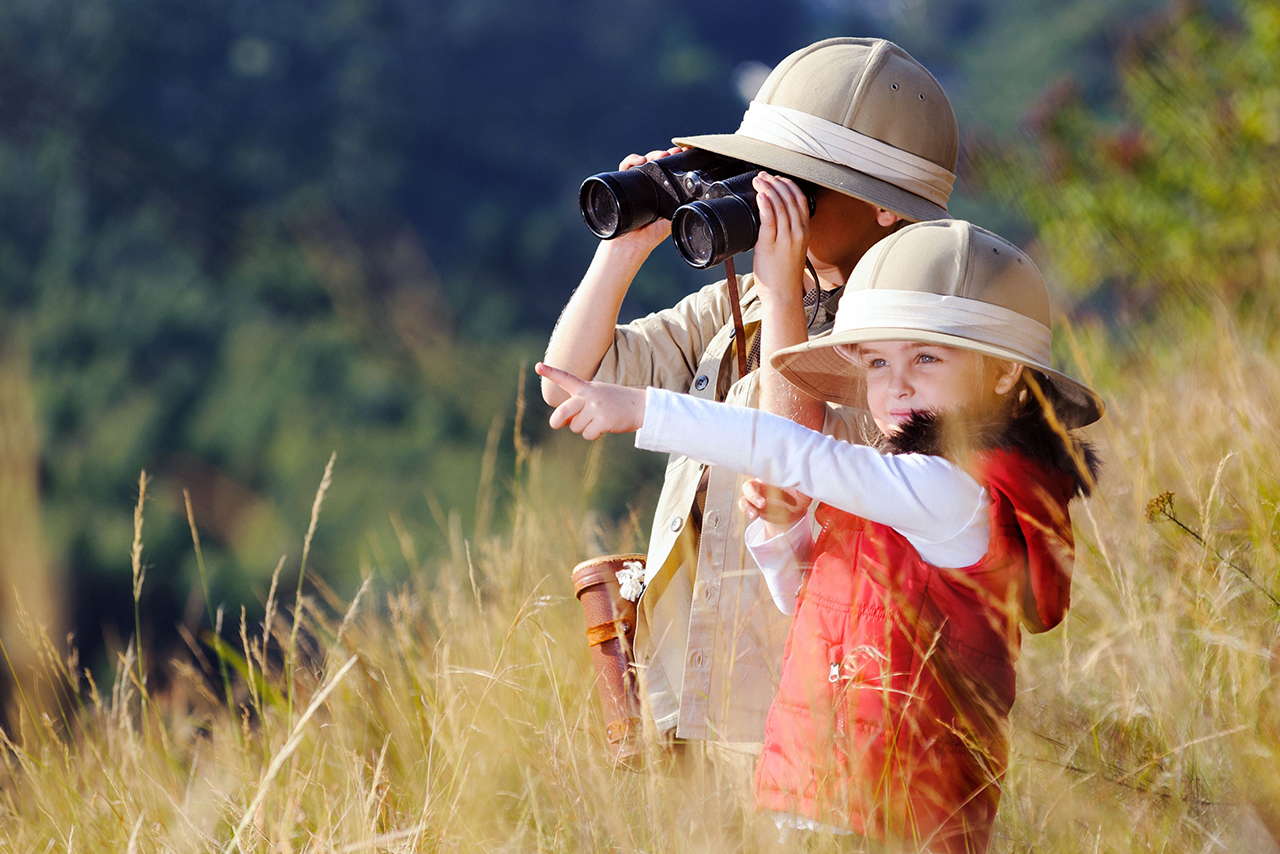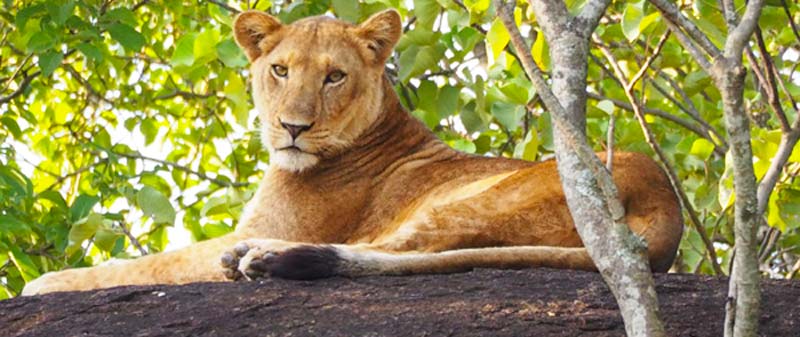Kabale Town
Kabale Town. Welcome to Kabale Town, a picturesque destination nestled in the rolling hills of southwestern Uganda. Known for its breathtaking landscapes, vibrant culture, and warm-hearted people, Kabale Town offers a unique and unforgettable experience for travelers seeking an off-the-beaten-path adventure. In this blog, we will delve into the wonders of Kabale Town, highlighting its natural beauty, rich history, and diverse attractions that make it a hidden gem in East Africa.
Embracing Nature’s Masterpieces: Kabale Town is blessed with awe-inspiring natural landscapes that will leave you in awe. Explore the nearby Lake Bunyonyi, a tranquil freshwater lake surrounded by lush green hills. Embark on a boat ride, witness the abundant birdlife, and discover the lake’s 29 islands, each with its own fascinating story. Hike through the nearby Mgahinga Gorilla National Park, home to endangered mountain gorillas and golden monkeys, and relish the beauty of dense forests, volcanoes, and captivating wildlife.
Cultural Encounters: Immerse yourself in the rich cultural heritage of this Town. Engage with the local Bakiga community, renowned for their vibrant traditions and warm hospitality. Visit local markets and witness the bustling trade of crafts, fresh produce, and vibrant fabrics. Take part in traditional dance performances, where rhythmic beats and colorful costumes come together to create an unforgettable spectacle. Don’t miss the opportunity to taste the local cuisine, with staples like matoke (cooked bananas), groundnuts, and luwombo (stewed meat or chicken wrapped in banana leaves).
Historical Marvels: Kabale Town carries a significant historical legacy worth exploring. Discover the fascinating stories behind the ancient Bakiga kingdoms that once thrived in the region. Visit Nkuringo Cultural Center and Museum to gain insights into the area’s history, artifacts, and traditional practices. Explore the Kabale District Museum, which showcases the cultural heritage and artifacts of the Bakiga people, as well as exhibits on the region’s colonial past.
Outdoor Adventures: For adventure enthusiasts, this Town is a paradise waiting to be explored. Embark on thrilling hikes to the summit of Mount Muhavura or Mount Gahinga, offering breathtaking views of the surrounding landscapes. Go mountain biking through the scenic trails or challenge yourself with an adrenaline-pumping zip-lining experience. If you’re up for a real adventure, Kabale Town is also a gateway to the renowned Bwindi Impenetrable National Park, where you can embark on a once-in-a-lifetime gorilla trekking expedition.
Community Engagement: Kabale Town provides opportunities for meaningful community engagement. Consider volunteering at local schools or healthcare centers to make a positive impact on the lives of the local community. Engage in sustainable tourism initiatives, such as visiting community-run craft cooperatives or eco-lodges that support local livelihoods and conservation efforts. By connecting with the locals, you’ll gain a deeper understanding of their way of life and contribute to the preservation of their cultural heritage.
Conclusion: Kabale Town is an extraordinary destination that offers a blend of natural wonders, cultural immersion, and adventurous pursuits. Whether you seek tranquility, outdoor thrills, or cultural exploration, this hidden gem in Uganda is sure to captivate your heart. Pack your bags, embrace the allure of Kabale Town, and create memories that will last a lifetime.










